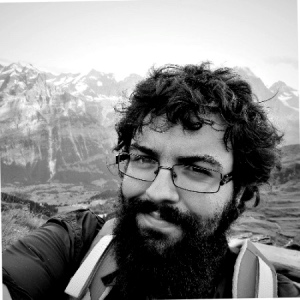Who Was Dian Fossey?
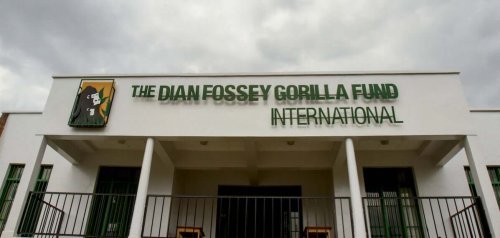
Dian Fossey is a true animal protection legend. This woman informed the entire world about the mountain gorilla , now an endangered species. Thanks to her, they became protected for life and their population continues to grow.
Dian Fossey, in love with Africa
Fossey was born in San Francisco in the 1930s. After finishing her studies, she worked at a hospital in Kentucky as an occupational therapist. Africa was always one of her biggest interests, and she traveled there in 1963. On this trip, she fell in love with everything she saw, especially the mountain gorillas studied by George Schaller .
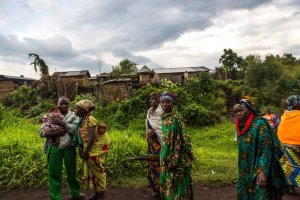
She also met Louis Leakey, an archaeologist also interested in the great apes and who supported Jane Goodall’s work with chimpanzees. On returning to America, Fossey constantly thought about all the amazing things she saw in Uganda.
Then, after a talk with Leakey in California, Leakey encouraged her to study gorillas. She couldn’t resist, so after she had studied primatology and the local language, she set off.
A young girl in the jungle
After learning how to track gorillas setting up base camp in the middle of the Congolese mountain, Dian Fossey spent months following the gorilla families. She managed to blend in with the gorillas by behaving like them. This allowed her to observe them up close and identify them individually. She also made sketches of the animals’ noses.
Fossey arrived in the Congo at a time of war, which meant the Ugandan army escorted her back to civilization. She didn’t give up. Despite military presence and ongoing battles, she continued studying just a few miles from the border in Rwanda’s part of the Virunga park.
She founded the Karisoke research center in Rwanda, 1900 miles above sea level, where she studied gorillas alone. This earned her the status of ‘the woman who lives alone in the mountains’, Nyrmachabelli in the local language. The center began to take in students, but most of them had to drop out because of harsh conditions.
The Karisoke gorillas were never studied by Schaller. These gorillas associated humans with poaching, and this made it very difficult for the American to get the gorillas to trust her.
She founded the Karisoke research center in Rwanda, 1900 miles above sea level, where she studied gorillas alone. She earned the status of ‘the woman who lives alone in the mountains’, Nyrmachabelli in the local language.
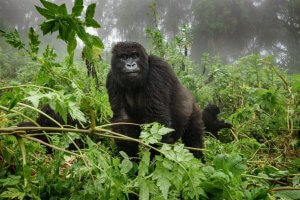
A woman who loved gorillas
Dian’s love for gorillas knew no bounds, and researching them wasn’t her only concern while in Rwanda. Virunga Park is the oldest park in Africa, and although hunting was already outlawed at that time, she still witnessed many poaching incidents.
She realized that the park’s guards were often bribed and were therefore ineffective. So, she set up the Digit fund, which she used to finance trap-destroying patrols.
Over four months in 1979, these patrols destroyed almost 1,000 traps, while in other areas of the park the rangers didn’t seize any. Because of this, elephants disappeared from the park.
She also tried to protect gorillas from tourism because the behavior of these animals varied and was unpredictable, and particularly because of contagious infections like the flu.
Like other primates , gorillas are greatly affected by the same diseases as humans. Tourism began to spread in the area, and today is the only way to finance and protect the park. Its unique selling point is the chance of seeing these animals.
Dian Fossey’s untimely death
Unfortunately, Dian was killed on December 27, 1985 from severe machete wounds. Authorities agreed that the motive wasn’t robbery, as they found valuable items at the scene of the crime. While never confirmed, it’s believed that she was murdered because of her war against poaching.
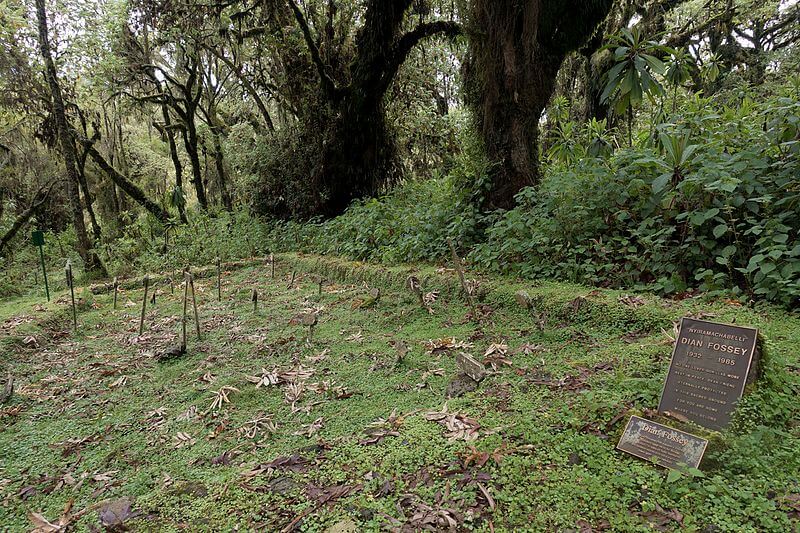
Fossey was buried next to the dead gorillas that she grew to love. More importantly, by the side of Digit, who she was most fond of. His death pushed her to end gorilla poaching. Her last journal entry before her death reminds us why we need to protect nature:
“When you realize the value of life, you forget the past and concentrate on preserving the future.”
–Dian Fossey–
